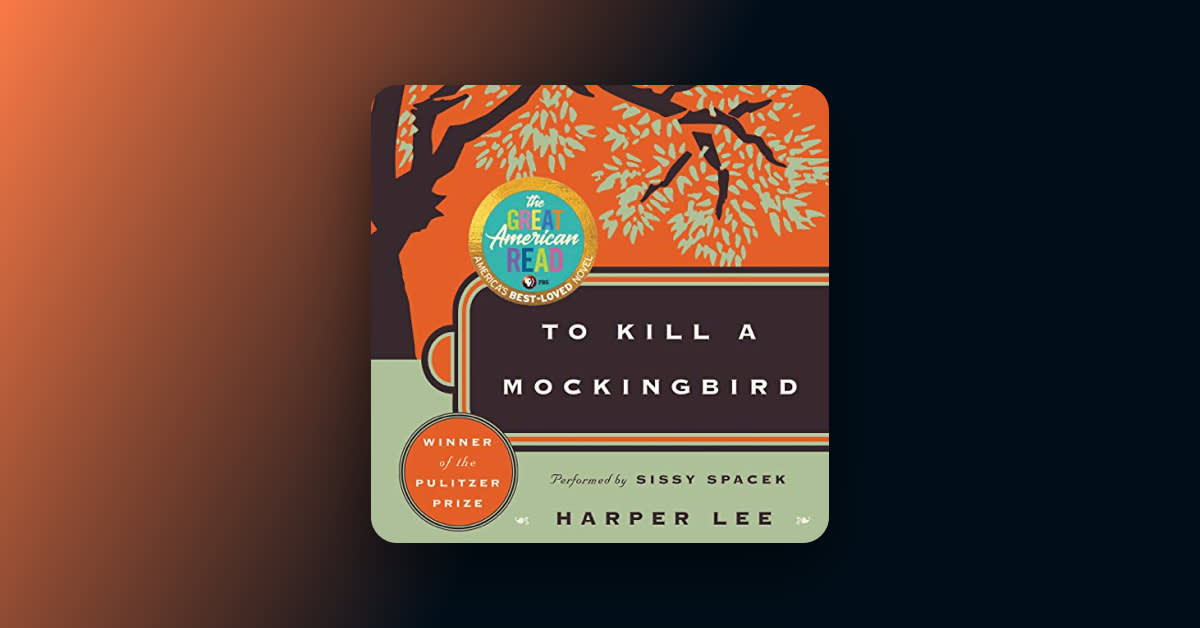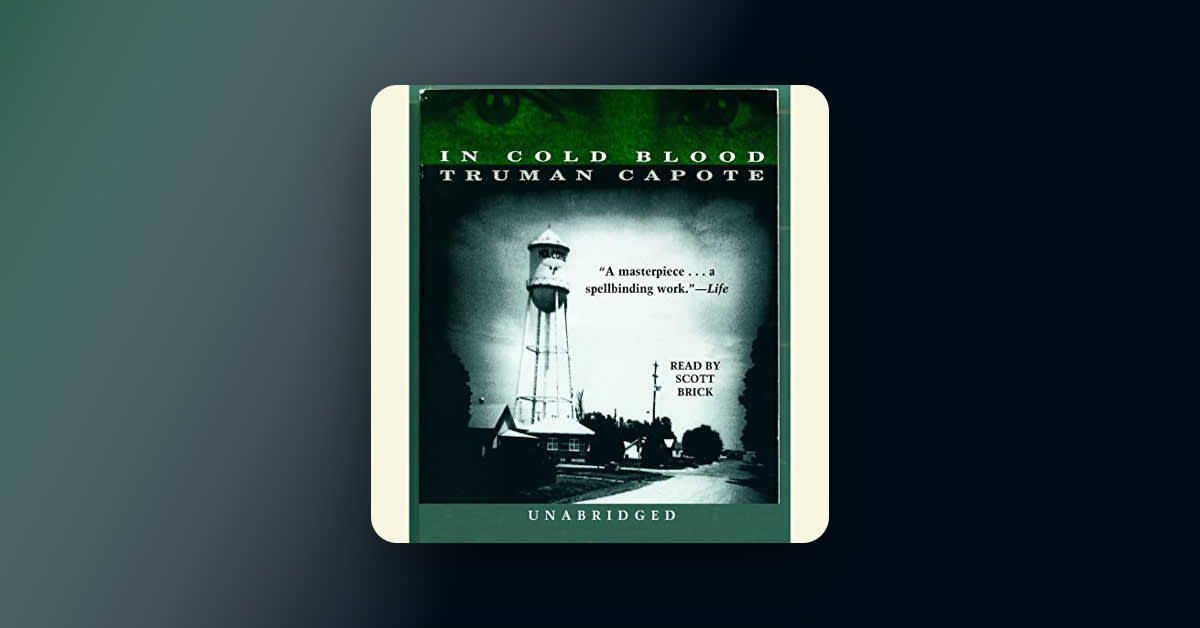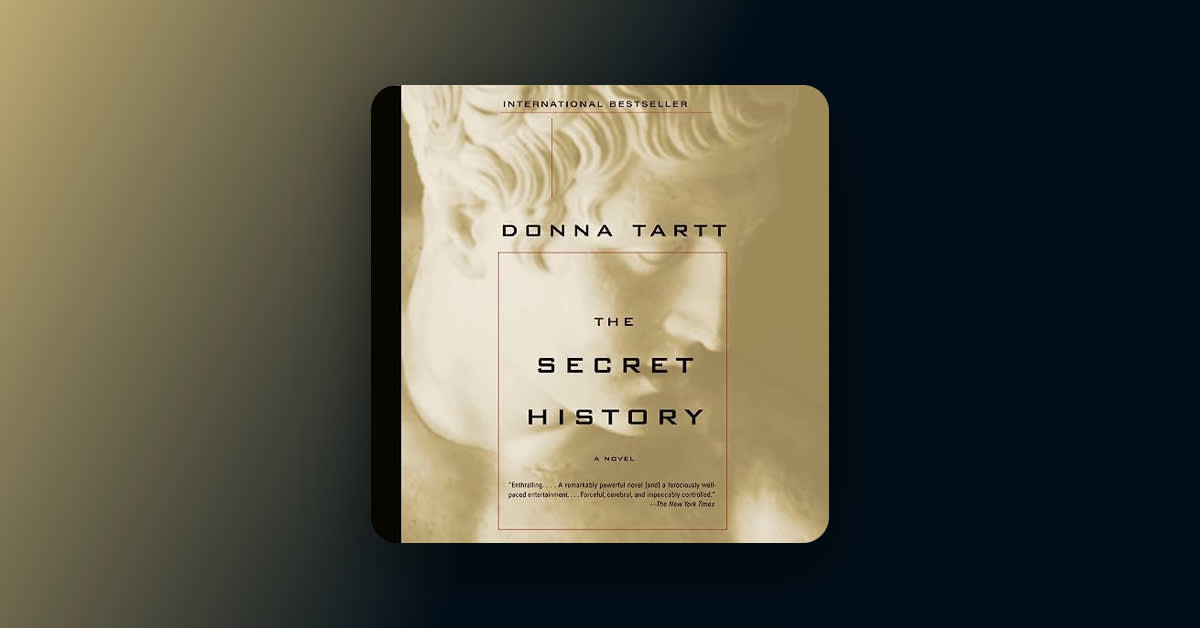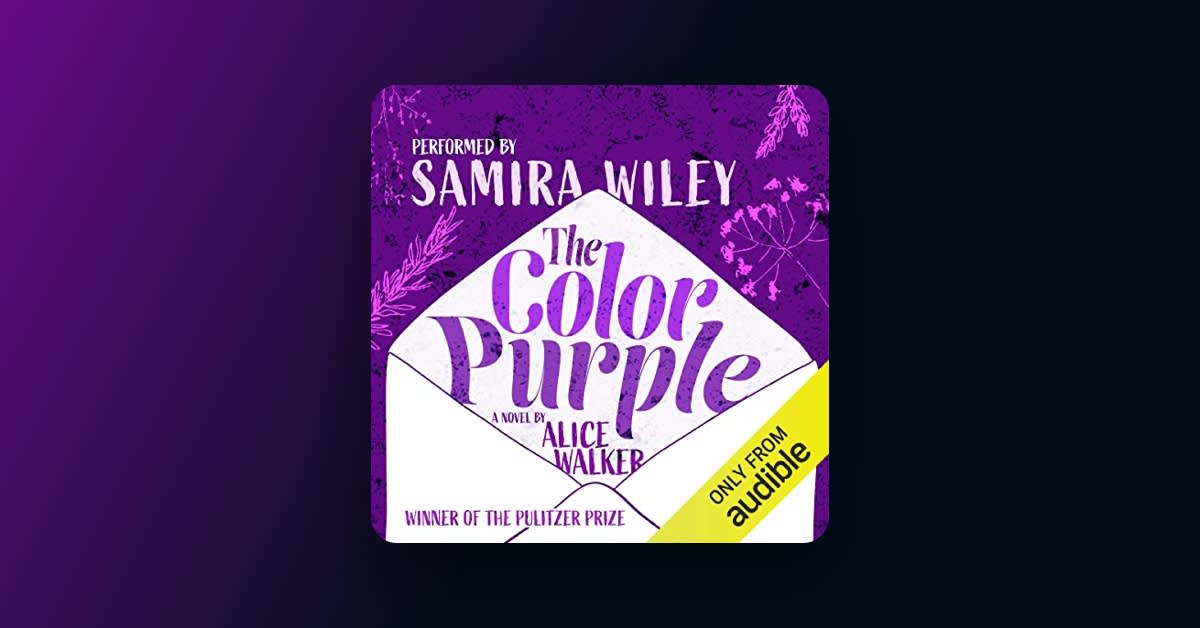Why it’s essential
Sissy Spacek’s clear-as-a-bell Southern lilt immediately places you in young Scout Finch’s world, primed and ready for ’s Pulitzer Prize-winning story of honor and injustice.
Featured in .
What is To Kill a Mockingbird about?
Set during the Great Depression, traces a young girl’s awakening to racism and prejudice in her small Alabama town. It centers on the narrator, Jean Louise "Scout" Finch, and her widowed father, Atticus, a prominent, righteous lawyer who takes on the daunting case of defending a Black man wrongfully accused of sexually assaulting a white woman.
Editor’s review
Mysia is a book person who loves escaping into twisty mysteries and contemporary fiction driven by complicated characters.
I first read To Kill a Mockingbird when I was a 'tween for an English class assignment. As a bookish kid, I remember being struck by Harper Lee’s writing—the vivid sense of place (small-town Alabama) and time (the Depression era), memorable phrases like "the head-shaking, quelling of nausea and Jem-yelling," and casual remarks rich in wisdom. And, of course, I was awed by Atticus Finch. What girl wouldn’t want this wise, calm, quietly righteous man for a father? His unshakable conviction and courage in the face of prejudice, cruelty, and injustice was inspiring. Thanks to Atticus Finch, I became obsessed with a real-life legendary lawyer, Clarence Darrow, and devoured every book written by or about him I could find. For a minute, I contemplated pursuing a career in law. Then, I got called for jury duty, realized that gripping courtroom drama was rare, and channeled my fascination into reading legal thrillers by .
For me, Mockingbird was all about Atticus. Even though I was a voracious reader from a young age, I didn’t connect with Scout, a precocious 9-year-old—until my daughter, a tomboy, became a 'tween. As a white mom to a Black daughter, I have always been conscious of race. But in 2012, when Trayvon Martin, a 17-year-old African American boy, was fatally shot on a street in Florida for looking suspicious—and his killer was acquitted—I became painfully aware of racism and its dangers. Even though we lived in a diverse city in northern New Jersey, I began to fear for my daughter’s safety. Lucero couldn’t understand why I suddenly objected to her wearing a hoodie and lectured her about the importance of avoiding strangers and the police. Trying to explain racism and injustice to my innocent, trusting daughter made me think of Scout. And so, I found myself longing to revisit the novel I fell in awe with in middle school and get reacquainted with its young narrator. A few years later, when Academy Award-winning actress Sissy Spacek signed on to narrate the audiobook, I decided to go back and give Harper Lee’s classic a listen as a mother.









